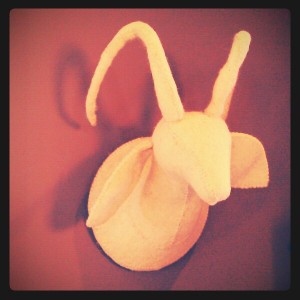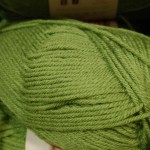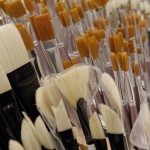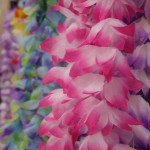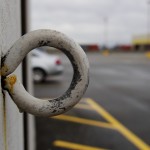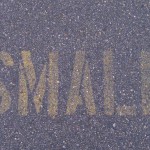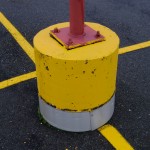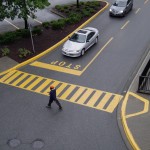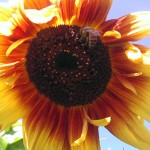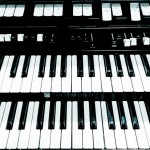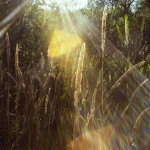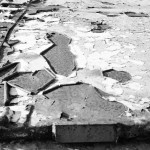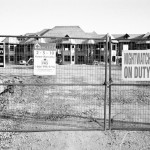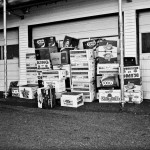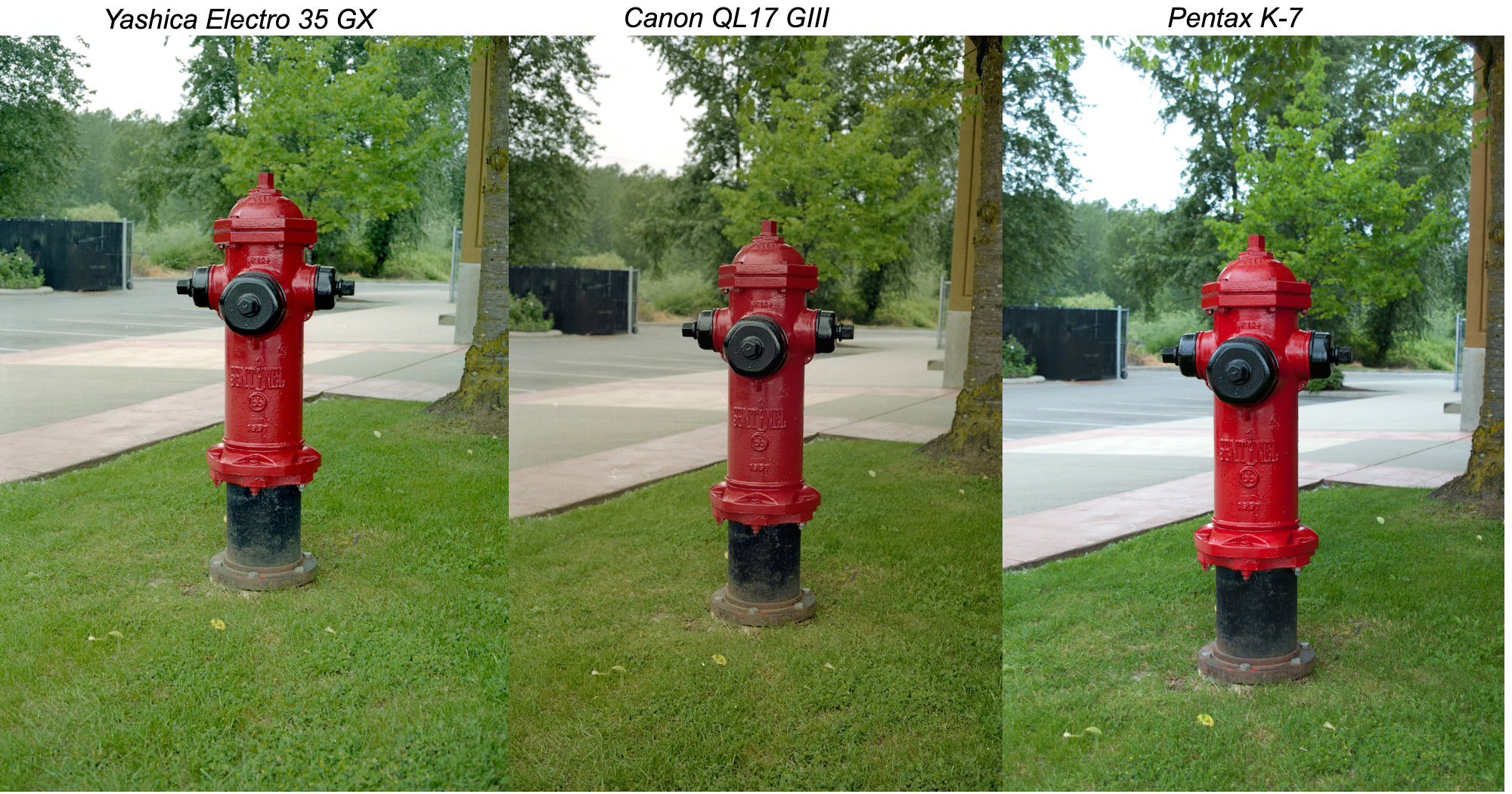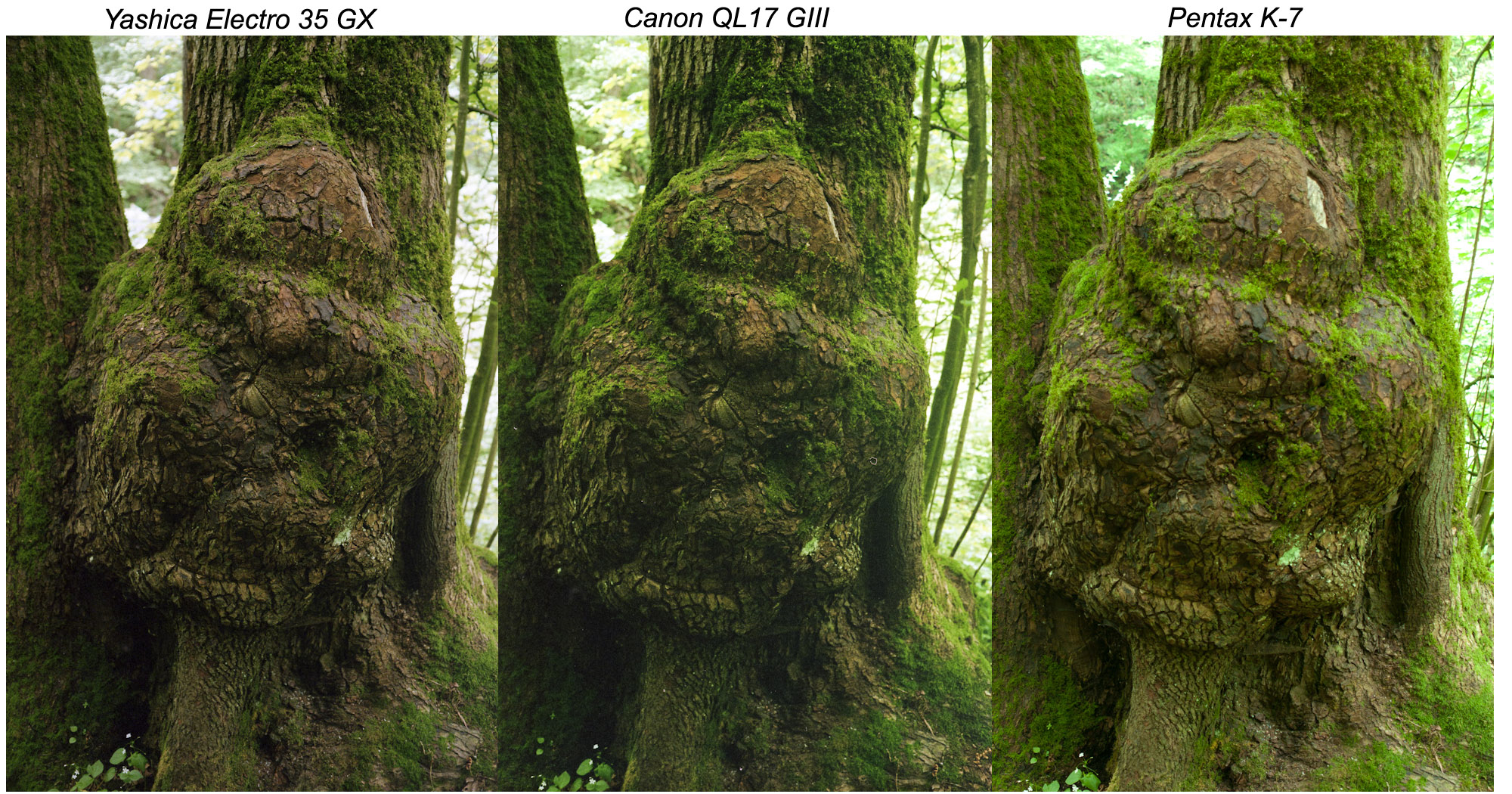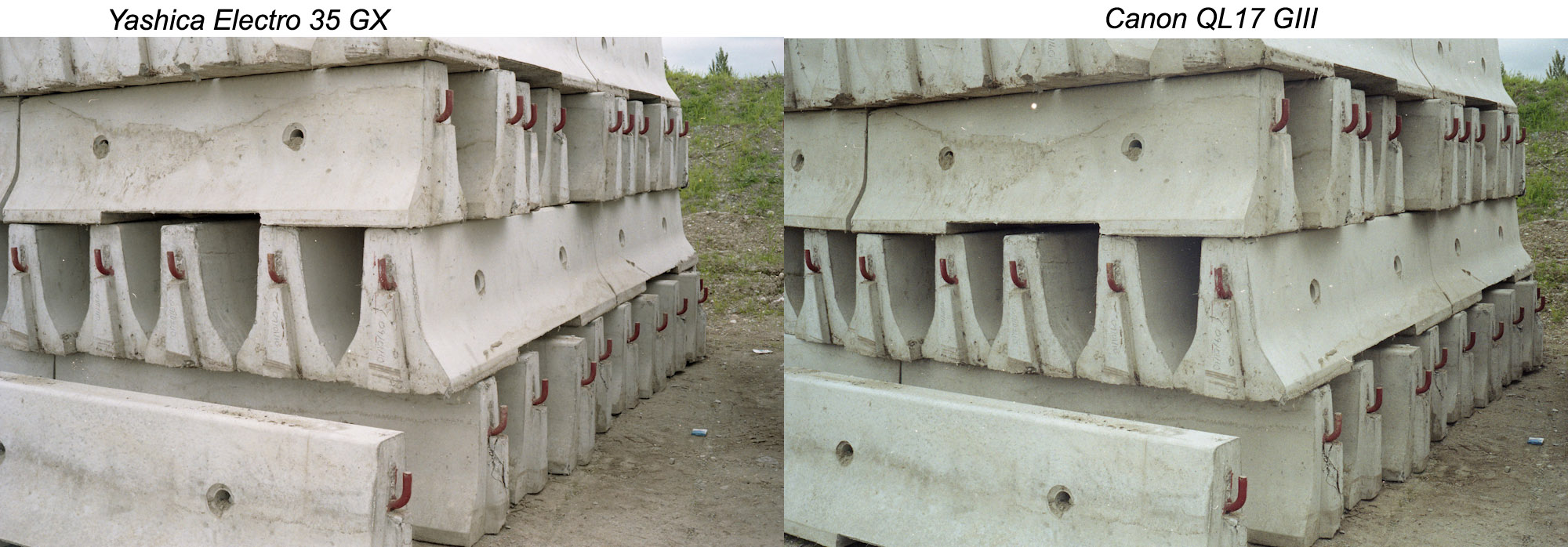Cell Phone Picture Sharing
Tackeling the entire spectrum of cell phone cameras and social picture sharing is a bit too much in one blog post. However the effect in how they relate to photography is of particular interest to me.
As difficult as it may be to admit, much of photography can be described as an attempt by the photographer to reproduce an image they have previously seen and liked, even if that image is one of their own. You might find this a harsh statement but it is something that even occurs subconsciously. The photographer may not be directly attempting to reproduce something but everything we have seen and remember affects our visual judgment. Paintings, television, magazines and definitely advertising of all types play a roll in determining what we consider to be “stylish”.
Several new genres of photography have emerged through cell phone imaging. There is the “these are my feet shots”, the “#me” pictures of people not yet afflicted with age. And the supremely popular “CAT” hash tag. The tendency to follow and create based on what is popular is brought to a new level through instant feedback within image sharing apps. Why wouldn’t I want people to like my images? If you really want to give up and go strictly for what people like have a look at what images have the highest popularity. Soon you will be taking pictures of your cat lying in flowers at your feet.
There are exceptions to this rule as I have discovered, dandelions gone to seed can be very well received. 🙂
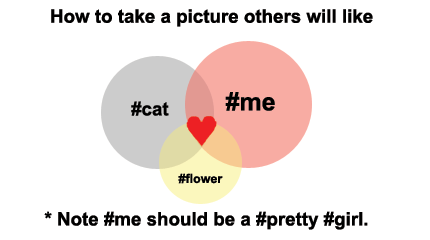
It’s not all bad though, as a photographer it is an opportunity to have people see your images and also a chance to develop better composition skills. Look closely at an image you intend to like and think about what makes it appealing. Is it the content (#cat) or a matter of colour or maybe how something familiar looks different when photographed a certain way. You can definitely use photo sharing apps to improve your image making. The strength of these services is that you get immediate feed back (yes I am aware that was one of my negatives too, subtle difference) They also reward good simple design. A tiny cluttered thumbnail will be ignored more than a simple graphic element.
In the end though don’t take it too seriously, and enjoy photography, even if no one else likes a picture if you do that should be enough. In a future post I intend to talk about composition within a square frame, which is the format many of the social photo sharing sites use.
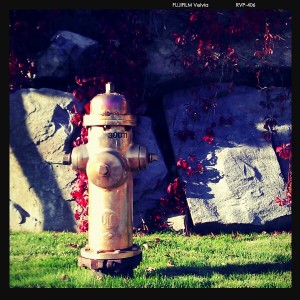
Apparently I can't judge my own images I don't really like this one but it was one of the more popular ones this week, go figure.
Images that include the sun are also very popular, sun set, sun rise, sunflower, just plain old sun, but not aSUNder.
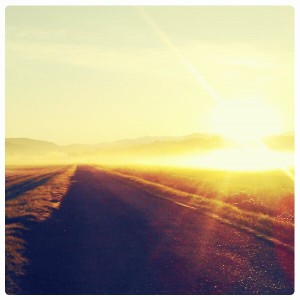
UPDATE at the time I wrote this I was unaware that Duncan Turner had posted about Mytubo as well here is a link to his thoughts about the subject
DLTphoto . Also I unintentionally proved my point about recreating images that we have previously seen as I produced one that was very similar to one of Duncans.
